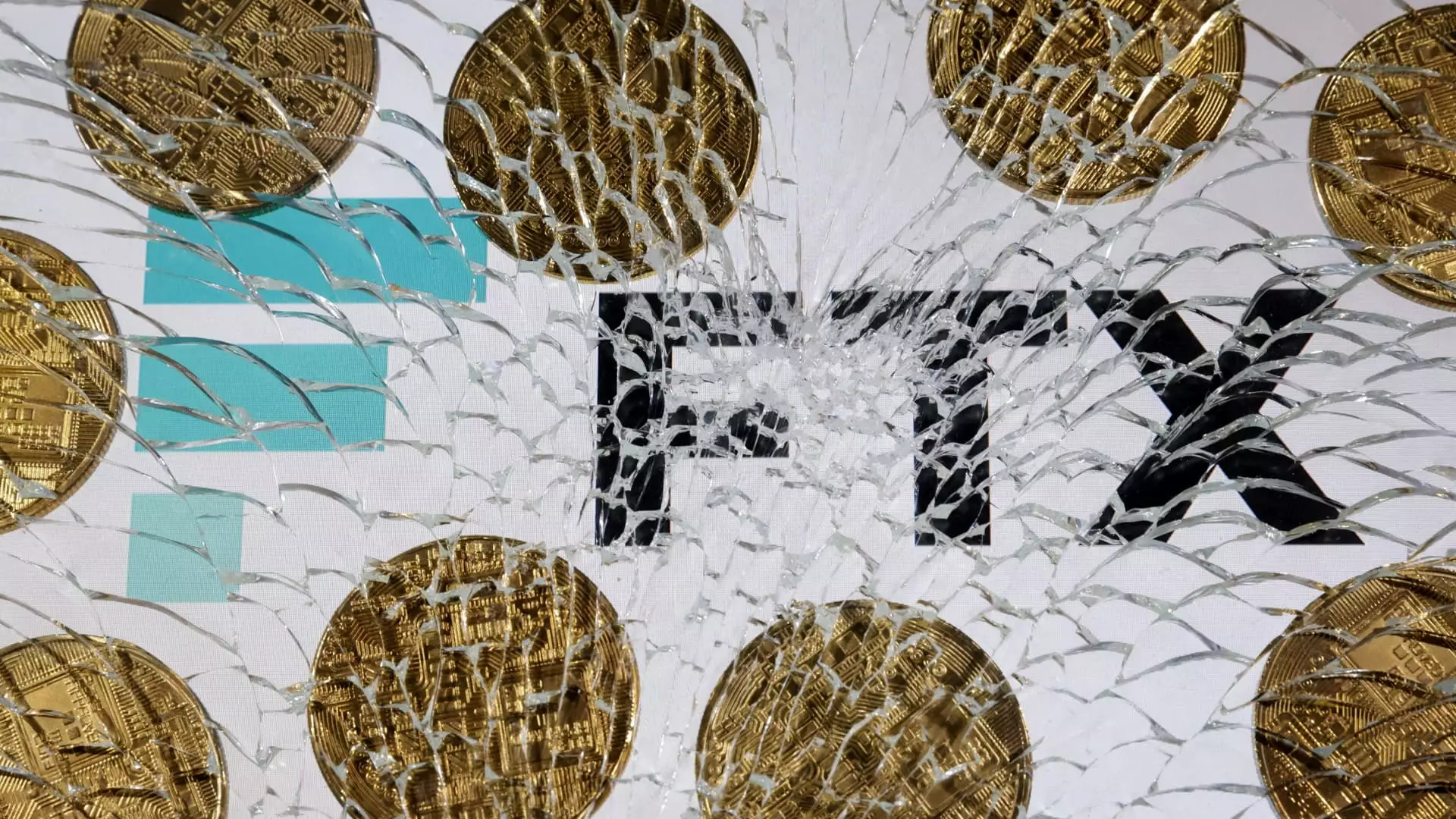Almost two years have elapsed since the catastrophic collapse of FTX, once a titan in the cryptocurrency exchange arena. A significant milestone has been reached as a Delaware judge has provisionally sanctioned a reorganization plan designed to repay over $14 billion to the affected customers of the failed platform. This plan, unveiled by John Ray, FTX’s new CEO, emphasizes a recovery strategy that aims to reclaim losses for non-governmental creditors. Ray’s assertion, “We are poised to return 100% of bankruptcy claim amounts plus interest for non-governmental creditors,” underscores the ambitious yet intricate nature of the bankruptcy estate’s asset distribution—a process that stands out as potentially the most complicated in historical precedent.
According to the reorganization plan ratified by Judge John Dorsey, the figures are favorable for a substantial portion of FTX’s creditors. An impressive 98% of them are expected to receive a distribution amounting to 119% of their recognized claims as of FTX’s bankruptcy filing in late 2022. The ability to compensate creditors so generously is attributed to the reallocation of liquidated assets estimated between $14.7 billion and $16.5 billion. FTX previously assessed its outstanding obligations to creditors at approximately $11.2 billion. The disparate valuations reveal an optimistic recovery outlook, particularly in the volatile landscape of cryptocurrency.
Asset Liquidation and Strategic Sales
The restructuring also involved a meticulous liquidation process. Ray revealed that funds were garnered through the sale of key assets, including various venture investments and holdings linked to Alameda Research, the crypto hedge fund co-founded by disgraced founder Sam Bankman-Fried. Notably, FTX divested a significant stake in AI startup Anthropic, which is bolstered by Amazon, netting nearly $900 million. This move reflects a calculated strategy to optimize the asset portfolio while retaining investor confidence—an essential factor for a company looking to regain its footing amid crisis.
The Broader Implications and Future Prospects
While these developments may signal a positive turnaround for stakeholders, the shadow of FTX’s former management remains. Sam Bankman-Fried, who was convicted on several criminal counts connected to the misappropriation of billions from customers, serves as a cautionary tale. His 25-year prison sentence offers a stark reminder of the critical importance of ethical stewardship in financial enterprises, particularly in the innovative yet unstable realm of cryptocurrency.
The bankruptcy estate has promised forthcoming updates regarding the initiation of payout distributions, marking another pivotal phase in this ongoing saga. With the backdrop of Bitcoin prices soaring approximately 260% since the collapse, a renewed interest in cryptocurrencies re-emerges alongside calls for greater regulatory scrutiny. As the FTX saga unfolds, the balance between recovery for customers and lessons learned in corporate governance continues to take center stage in the evolving narrative of digital finance.

